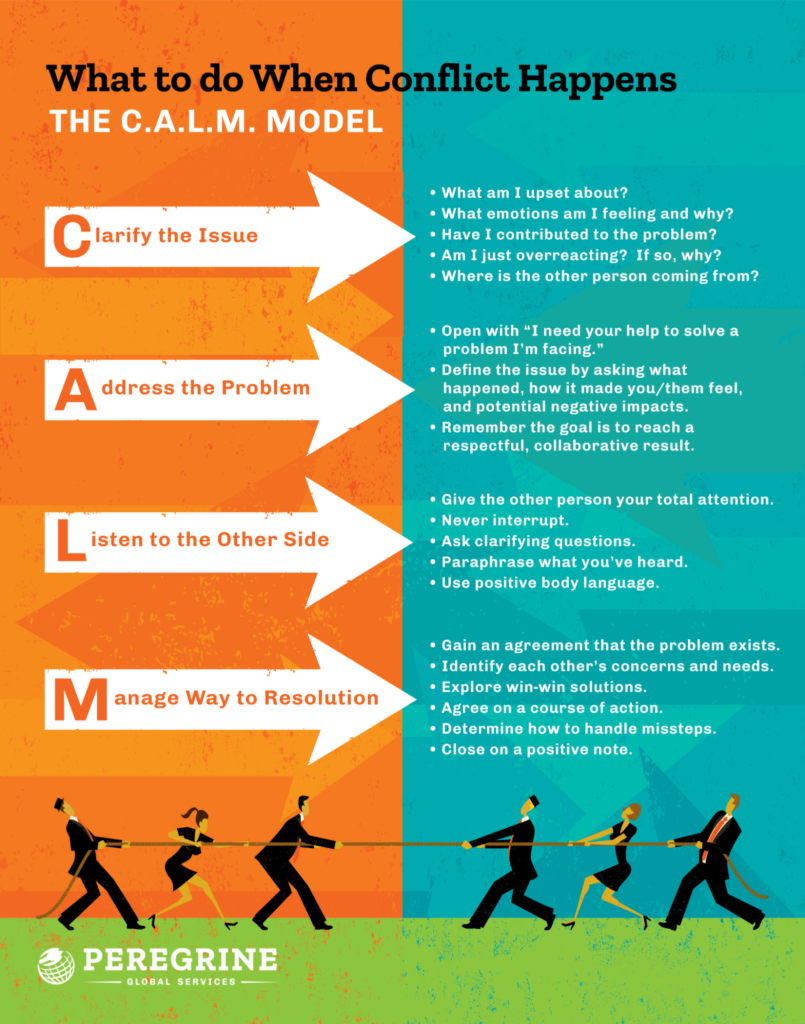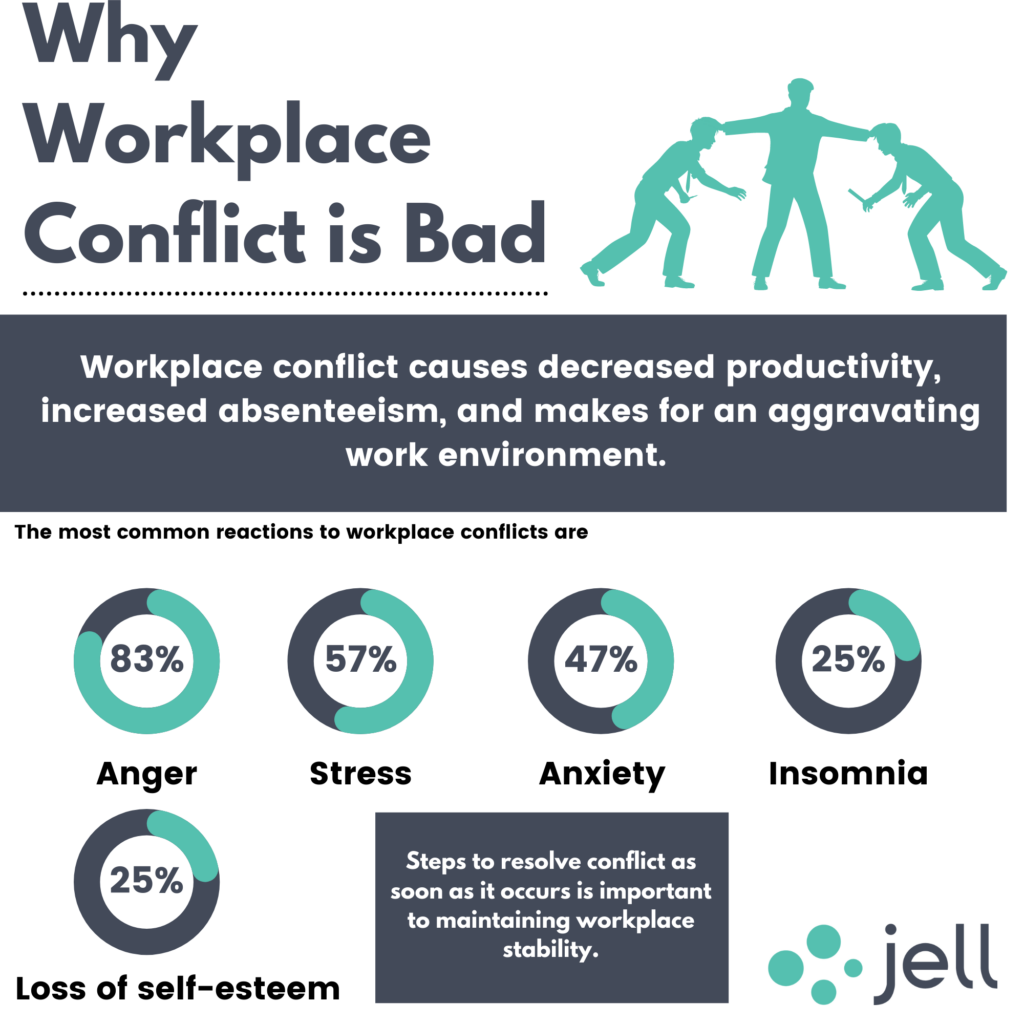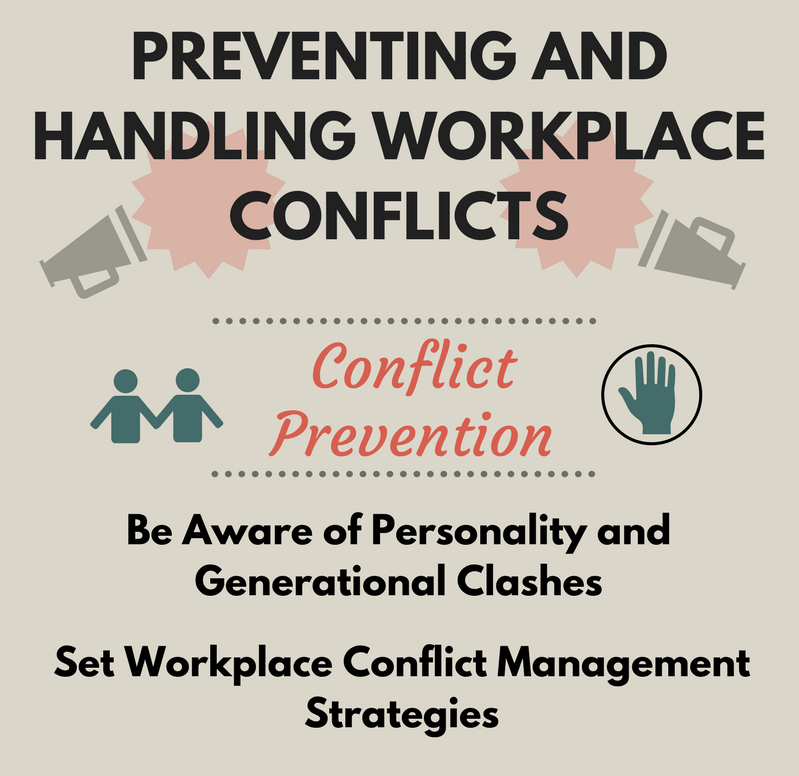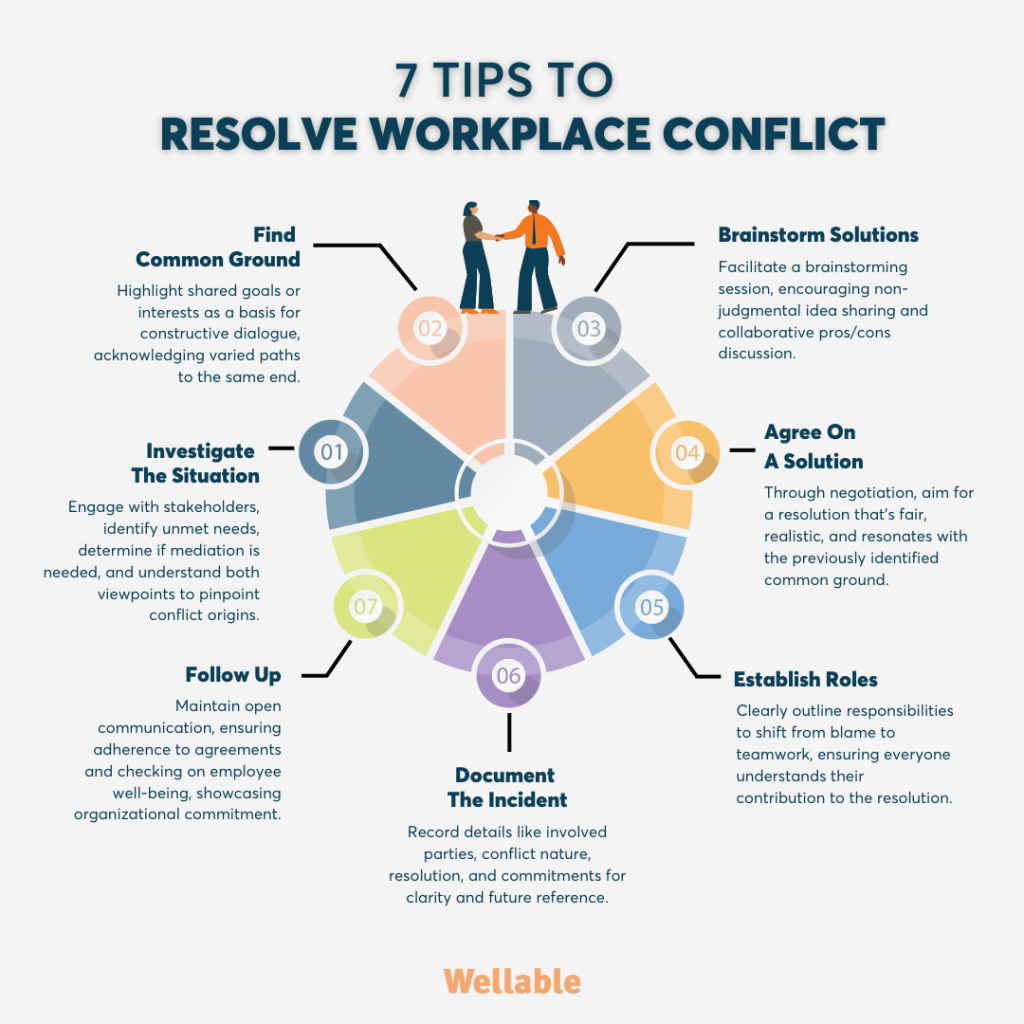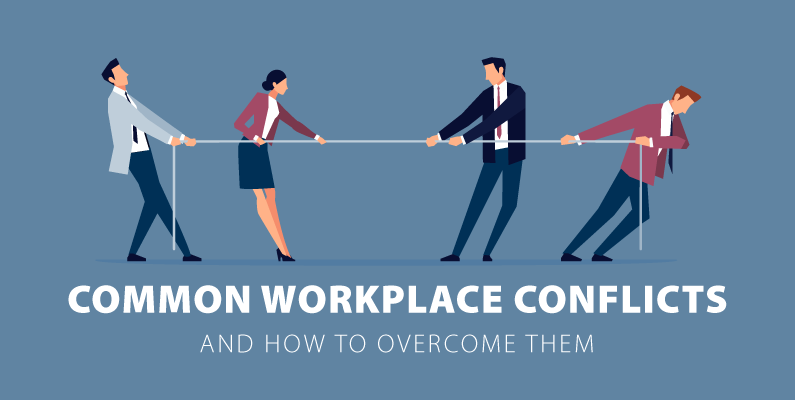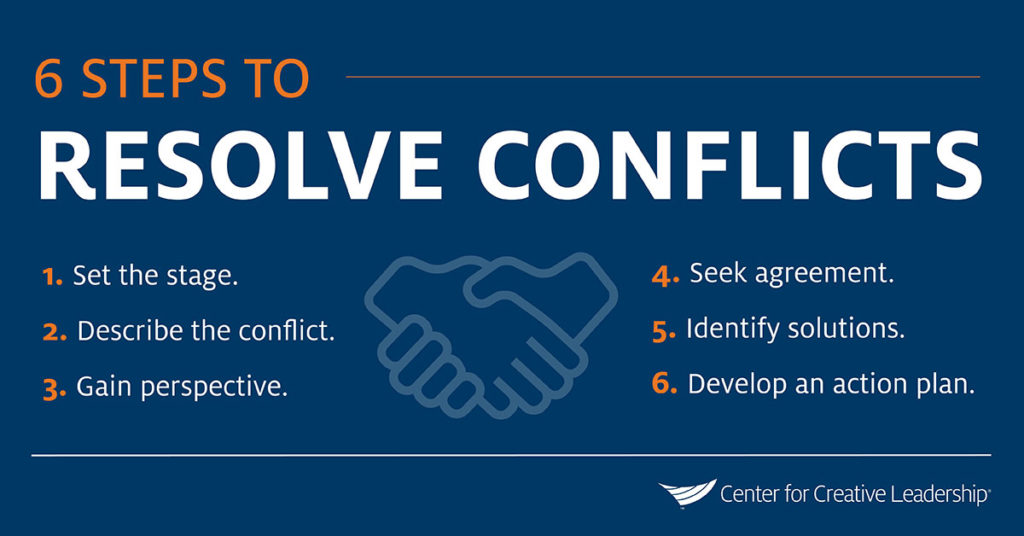How To Avoid Conflict In The Workplace

Workplace conflict, a pervasive issue impacting productivity and employee well-being, affects organizations of all sizes. Understanding the root causes and implementing proactive strategies are crucial for fostering a harmonious and efficient work environment.
This article explores actionable steps individuals and organizations can take to minimize and effectively manage disagreements, drawing upon expert insights and best practices.
Understanding the Landscape of Workplace Conflict
Workplace conflict arises from a variety of sources, including differing opinions, personality clashes, resource scarcity, and unclear roles. According to a study by CPP Global Human Capital Report, U.S. employees spend roughly 2.8 hours per week dealing with conflict, equating to approximately $359 billion in paid hours annually.
Recognizing the diverse causes allows for targeted intervention and prevention strategies.
Effective Communication: The Cornerstone of Resolution
Clear, open, and respectful communication is paramount in preventing and resolving conflicts. Active listening, where individuals fully concentrate on understanding the other person's perspective before responding, is essential.
Encourage employees to use "I" statements to express their feelings and needs without placing blame. This approach, advocated by communication experts, fosters a more collaborative and understanding dialogue.
Establishing Clear Roles and Responsibilities
Ambiguity surrounding roles and responsibilities is a common breeding ground for conflict. Clearly defined job descriptions and workflows minimize confusion and overlap, reducing the potential for disputes.
Regularly review and update these roles to reflect evolving organizational needs, ensuring everyone is on the same page. Consider implementing a matrix system to visualize the roles and responsibilities of different team members on a project.
Promoting a Culture of Respect and Inclusion
A workplace that values diversity and inclusivity creates a more tolerant environment, reducing the likelihood of conflict stemming from misunderstandings or biases. Implement diversity and inclusion training programs to educate employees on cultural sensitivity and unconscious bias.
Encourage employees to challenge microaggressions and promote open dialogue about differences in opinion. Human Resources plays a vital role in fostering a supportive atmosphere where everyone feels heard and valued.
Conflict Resolution Training and Mediation
Equipping employees with conflict resolution skills empowers them to navigate disagreements constructively. Training programs can provide practical tools for mediation, negotiation, and de-escalation.
Mediation, facilitated by a neutral third party, can be particularly effective in resolving complex disputes by helping parties reach a mutually acceptable agreement. The American Arbitration Association is a valuable resource for training and mediation services.
Early Intervention: Addressing Issues Before They Escalate
Addressing minor disagreements promptly can prevent them from escalating into major conflicts. Encourage employees to speak up when they have concerns and provide avenues for raising grievances without fear of reprisal.
Managers should be trained to identify early warning signs of conflict and intervene proactively. Open door policies and regular check-ins can facilitate early detection and resolution.
The Role of Leadership
Leadership sets the tone for the entire organization. Leaders should model respectful communication, encourage collaboration, and demonstrate a commitment to fairness and equity.
They should also be prepared to address conflicts directly and impartially, ensuring that all parties are treated with respect. Leaders must actively promote a culture of accountability, reinforcing positive behaviors and addressing negative ones.
The Impact of Conflict Resolution
Implementing these strategies has the potential to create a more positive and productive work environment. Reduced conflict leads to increased employee morale, improved teamwork, and higher levels of job satisfaction.
Ultimately, a well-managed workplace translates to a healthier bottom line for the organization. A harmonious workplace attracts and retains top talent.
By understanding the sources of workplace conflict and proactively implementing effective strategies, organizations can foster a more positive, productive, and successful environment for all. Continuous evaluation and adaptation of these strategies are crucial to maintaining a harmonious workplace in the long term.
